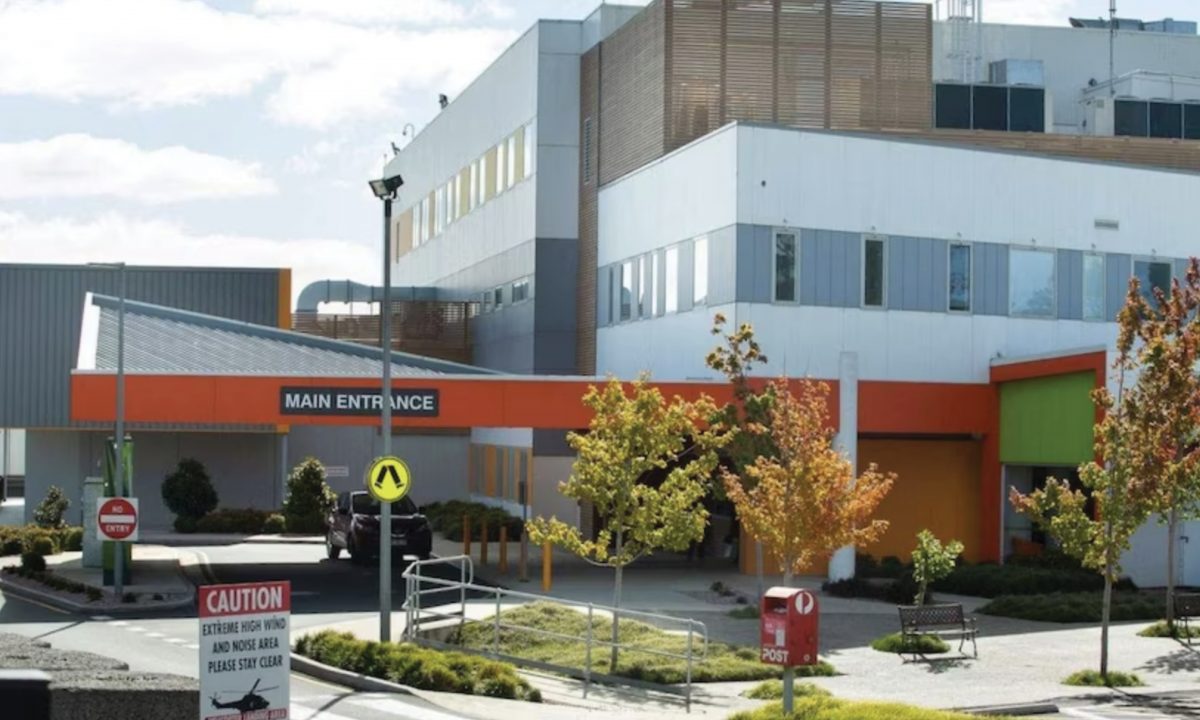World Hepatitis Day 2021
Hepatitis is a blood-borne virus that causes inflammation of the liver. It can remain dormant for decades before causing severe liver disease, cirrhosis and even cancer.
There is an estimated 340,000 people living with hepatitis B or hepatitis C in Australia, with around 5,000 hepatitis C patients currently in Tasmania.
To help spread awareness, this year’s theme is Hepatitis Can’t Wait, which recognises that even in the current COVID-19 crisis, we can’t wait to act on hepatitis B and C. COVID-19 has significantly interrupted hepatitis screening and hepatitis B monitoring in Australia, but it’s hoped with an increased focus, this can be turned around.
Hepatitis Australia estimates 200,000 fewer people received hepatitis screening compared to the expected number in 2020 – a 20% decrease. Alarmingly, there was a 15% decline in new diagnoses of hepatitis B during 2020.
The most common early or acute symptoms include feelings of fatigue, nausea, fever and general muscular aches and pains. Chronic symptoms may include mood swings, anxiety and depression, abdominal pain, dry/itchy skin, dry eyes, “brain fog” and generally feeling unwell.
Treatment options are determined by which type of hepatitis you have and whether the infection is acute or chronic.
Aboriginal and Torres Strait Islanders are also disproportionately affected by hepatitis. They make up 3% of the Australian population, but at least 11% of newly reported cases of hepatitis C each year.
Fortunately, Australia is one of 194 World Health Organisations member states who voted unanimously to adopt the Global Hepatitis Elimination Strategy to achieve elimination of hepatitis B and hepatis C by 2030.
Updates correct as at 27 July 2021
Authorised by Emily Shepherd, ANMF Tasmanian Branch Secretary
More latests news



